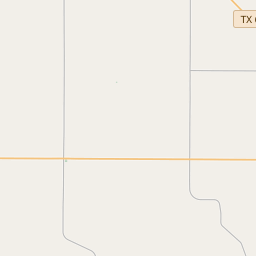Smith's Station
Historical marker location:






From 1858 until the outbreak of the Civil War in 1861, a station of the Butterfield Overland Mail Route was located here. Despite a brief existence, it was an important stop of the early stage line that reached from Missouri to California. Stages made the trip in under 25 days, a marked improvement on earlier communication links with the rapidly developing west. Located on Chimney Creek between stage stops at Clear Fork (26 miles northeast) and Fort Phantom Hill (12 miles southwest), Smith's Station was the only Butterfield stop located in present Shackelford County. (1982)
As one of the most visible programs of the Texas Historical Commission (THC), historical markers commemorate diverse topics in Texas history, including: the history and architecture of houses, commercial and public buildings, religious congregations, and military sites; events that changed the course of local and state history; and individuals who have made lasting contributions to the state, community organizations, and businesses.
In the late 19th century, Texas became known for its cattle drives, in which cowboys would move herds of cattle from Texas to railheads in Kansas and other northern states. The cattle drives were dangerous and difficult work, but they played a key role in the development of the American cattle industry.
The area was originally inhabited by Native American tribes such as the Comanche and Kiowa. However, it was eventually settled by European settlers in the mid-1800s, who sought fertile land for ranching and farming. The discovery of oil in the early 20th century further boosted the local economy and brought new opportunities for growth.
During the Civil War, Shackelford County witnessed significant military activities. Confederate troops were stationed in the area, and the county saw skirmishes and battles between local troops and Union forces. After the war, the County experienced a period of reconstruction and recovery, as settlers worked to rebuild their communities and infrastructure.
In the early 20th century, Shackelford County was predominantly an agricultural and ranching community. However, the discovery of oil in the region in the 1920s transformed the local economy. Oil wells and refineries were established, attracting new industries and jobs to the area. The County experienced a period of prosperity and development during this time.
Today, Shackelford County continues to be a vibrant community with a thriving agriculture industry, supported by ranching, farming, and oil production. Its rich history is preserved and celebrated through various historical sites and museums, offering visitors and locals a glimpse into the county's past.
Shackelford County Timeline
This timeline provides a glimpse into the major events and milestones that have shaped the history of Shackelford County, Texas.
- 1858 - Shackelford County is created by the Texas Legislature from portions of Bosque, Travis, and Young counties.
- 1874 - The first settlers begin arriving in the area.
- 1875 - Fort Griffin is established as a U.S. Army outpost.
- 1878 - The county seat is moved from Fort Griffin to Albany.
- 1880 - The Texas Central Railroad extends its line to Albany, boosting the local economy.
- 1883 - The town of Moran is founded.
- 1900 - Oil and gas is discovered, leading to an economic boom in the county.
- 1940 - World War II brings an increase in military activity to the area.
- 1979 - The Shackelford County Historical Commission is established to preserve the county's history.
- 2000 - The population of Shackelford County reaches its peak, with over 3,300 residents.